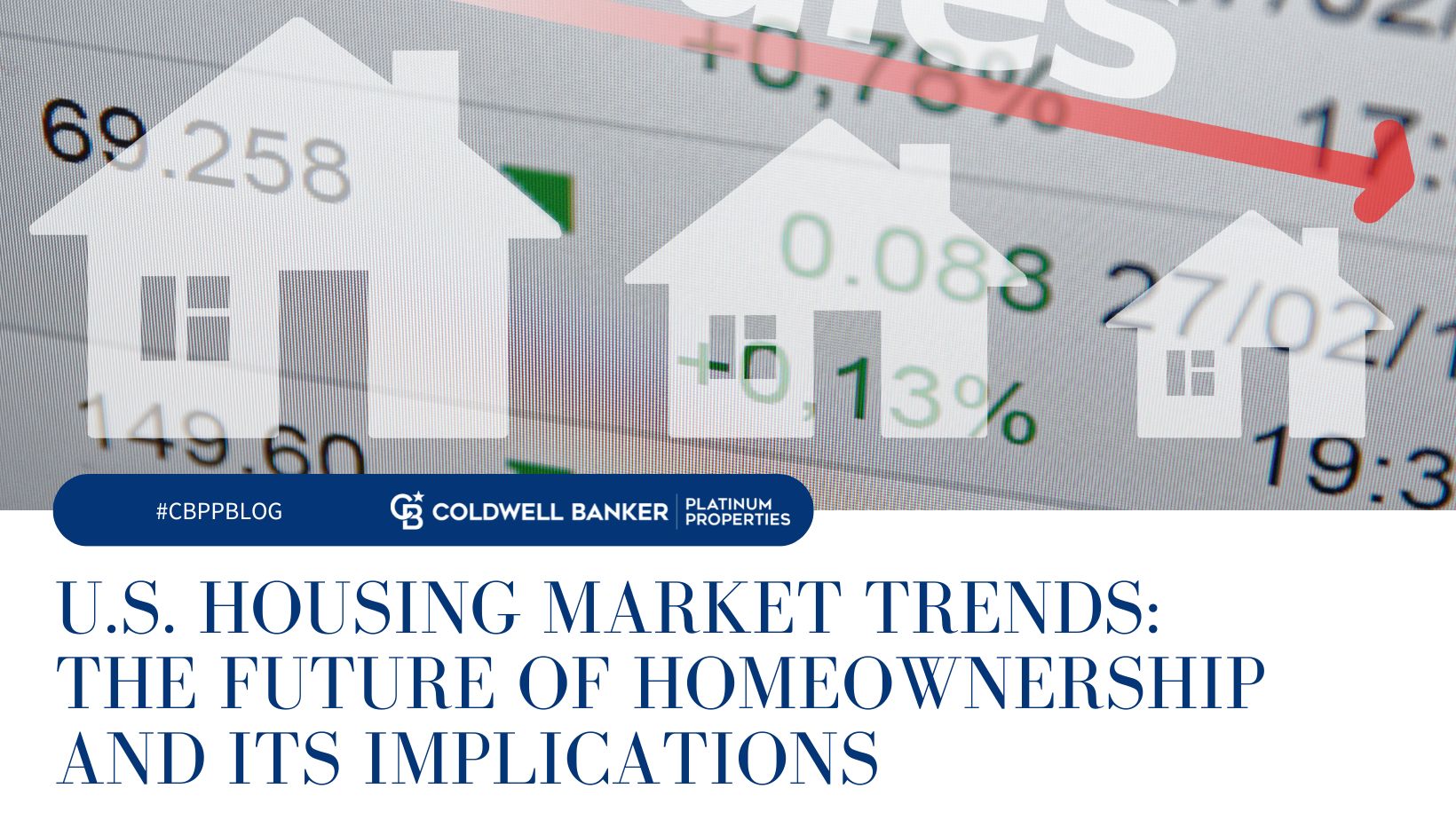A Challenging Landscape
The American dream of owning a home seems to be drifting further away for many, especially as housing affordability takes another hit. With U.S. home prices escalating, mortgage rates creeping towards 8%, and wage growth not matching pace, the dynamics of the housing market seem to be working against the everyday American.
Key Insights:
- Rising Home Prices & Stagnant Wages: While home prices have soared, wages have not been able to keep up. August’s data showcased a 3.7% hike in U.S. home prices from the previous year, while real average hourly earnings increased by only 0.5% year-over-year.
- Mounting Mortgage Rates: As of October 3rd, the 30-year mortgage rate hovers at a daunting 7.72%, exerting even more pressure on homebuyer affordability.
- Regional Disparities: Regions such as Cook County (including Chicago), San Diego County, Orange County (near Los Angeles), Miami-Dade County, and King County (including Seattle) experienced the strain of home-price growth outpacing wages. In stark contrast, areas like Los Angeles County, Harris County (Houston), and Maricopa County (Phoenix) have seen wage growth surpass home prices.
- The Millennial & Gen Z Dilemma: Reflecting the disillusionment of the younger generation, 18% of millennials and 12% of Generation Z believe they may never achieve homeownership, as per a survey by real-estate brokerage Redfin.
What Does This Mean For Buyers?
If you’re looking to purchase a home, it’s crucial to be informed, strategic, and open to exploring different regions or home types. Given the rising costs, potential buyers might be priced out of certain markets, leading to reduced demand and possibly easing the upward pressure on prices.
Advice for Sellers:
For sellers, understanding regional dynamics is key. If you’re in an area where home price growth is outstripping wage growth, it may be the right time to capitalize on your property’s value. On the flip side, in regions where wage growth is outperforming home prices, you might need to be more flexible and strategic with your pricing.
In Closing:
The U.S. housing market is witnessing shifts that may have long-lasting effects. As Rob Barber, CEO of Attom, put it, “With basic homeownership now soaking up more than a third of average pay, the stage is set for potential buyers to be priced out. We will see how this trend unfolds in the coming years.” Indeed, with rising prices and stagnant wages, the dream of homeownership is becoming more elusive for many Americans. Additionally, the increasing reliance on renting could reshape community dynamics, with fewer long-term residents and more transient populations. This can have ripple effects on local businesses, schools, and other institutions that rely on stable communities. Furthermore, the environmental impact of overdevelopment in certain regions, paired with the potential for decreased investments in urban infrastructure, may challenge the sustainability of our housing model. As these changes manifest, it becomes essential for policymakers, developers, and community leaders to come together and develop solutions that ensure affordable and stable housing opportunities for all, while also maintaining the health and vibrancy of our communities.
It’s crucial for everyone—homebuyers, renters, and concerned citizens alike—to become informed and engaged. Join local community meetings, support housing initiatives, and communicate with your elected officials about your concerns. The future of our housing market is not just in the hands of policymakers and developers; it’s in ours too. Reach out to one of our agents to navigate this market.
SOURCE: Morning Star – MarketWatch Aarthi Swaminathan

 Facebook
Facebook
 X
X
 Pinterest
Pinterest
 Copy Link
Copy Link



